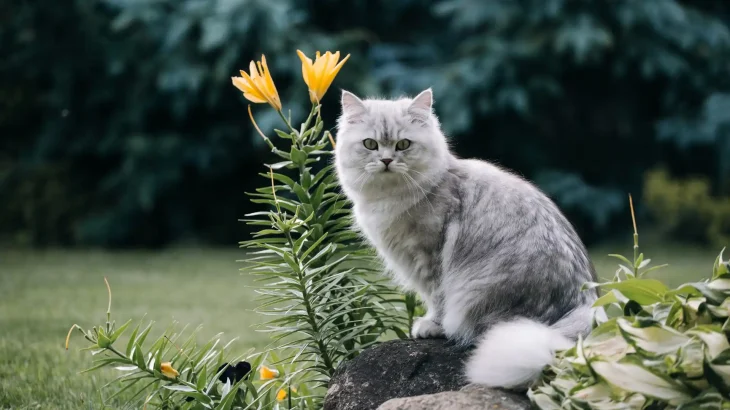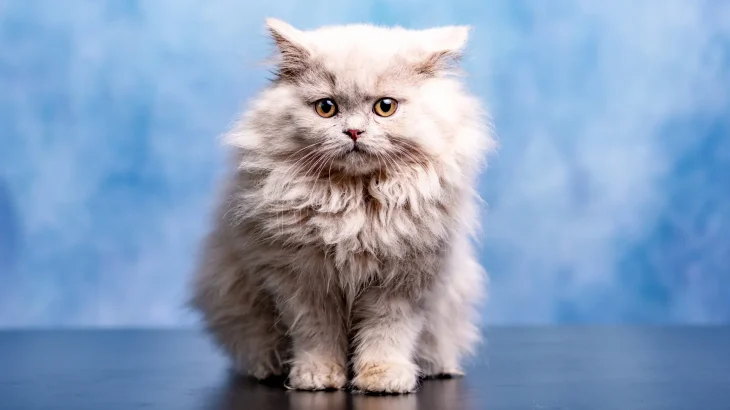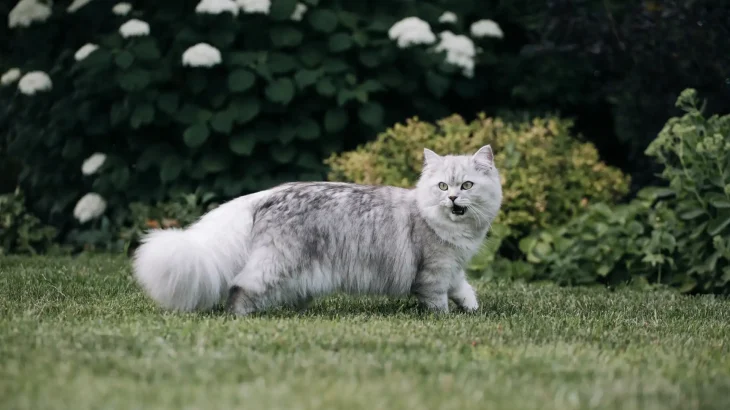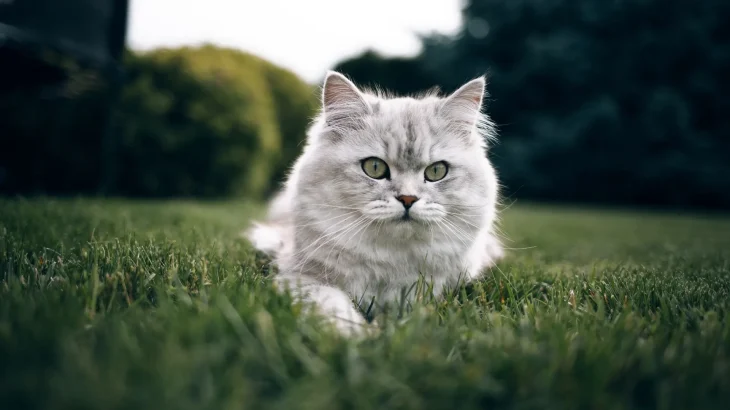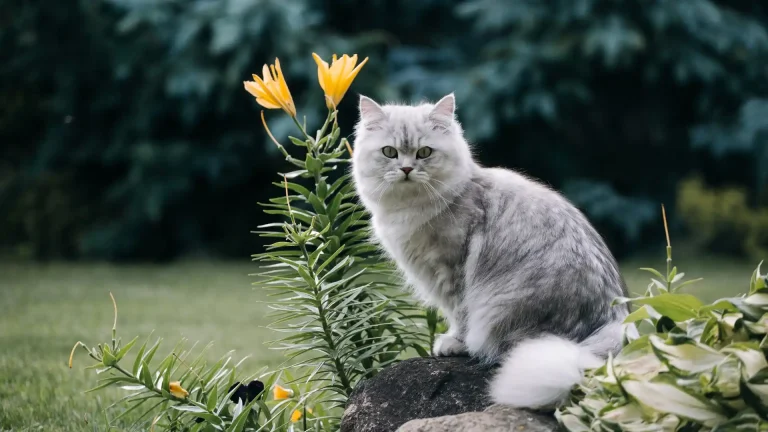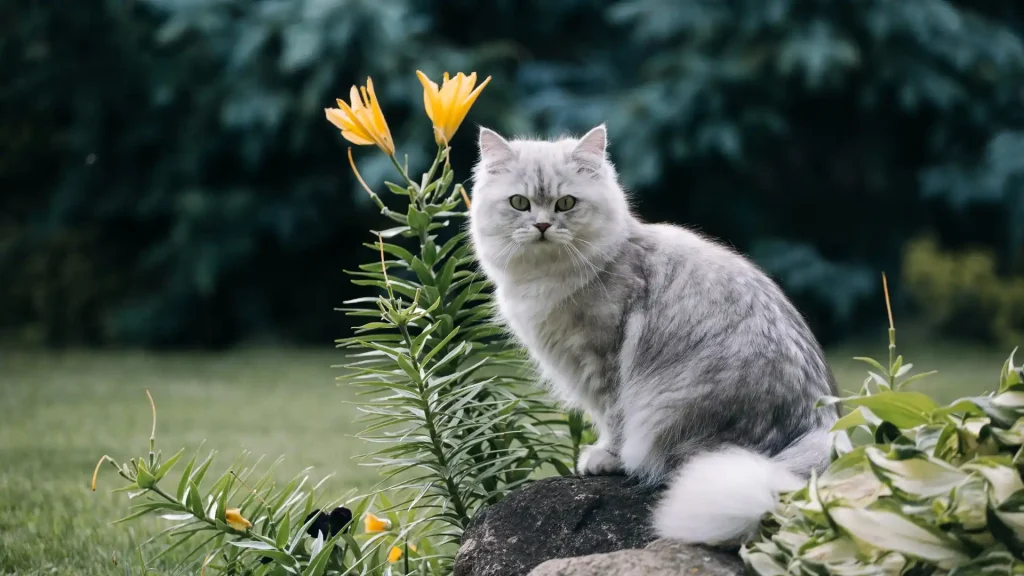Choosing between adopting an Asian Longhair kitten or purchasing one from a breeder comes down to weighing predictability against opportunity. Buying from a breeder typically offers clearer insights into the kitten's lineage and health, while adoption gives you the chance to rescue a cat in need and may be more budget-friendly.
Adoption vs. Breeder: Pros & Cons
| Criteria | Buying from Breeder | Adopting from Shelter/Rescue |
|---|---|---|
| Cost | Often higher initial price reflecting breed purity and care. | Lower adoption fees, often including vaccinations and neutering. |
| Health History | Detailed health records and genetic screening usually available. | Health background may be limited but basic checks are done. |
| Age Availability | Mostly young kittens, ideal for raising from the start. | Wide range of ages, including adults, giving more options. |
| Temperament Insight | Breeders can share lineage-based temperament traits. | Shelter staff provide behavior observations but full history unknown. |
| Supporting Practices | Backing responsible breeding that maintains breed standards. | Helping reduce overpopulation and giving homes to cats in need. |
| Ethical Considerations | Ensuring breeder follows humane, ethical practices. | Promotes animal welfare by rescuing and rehoming cats. |

